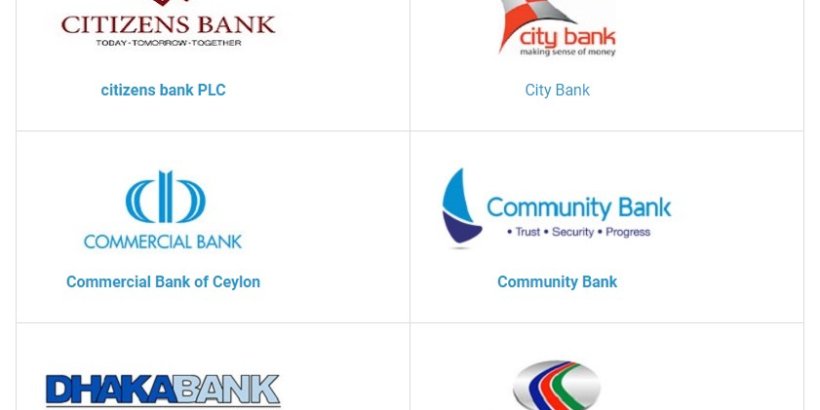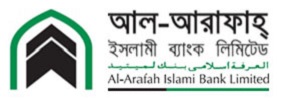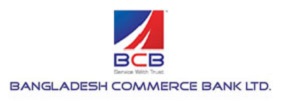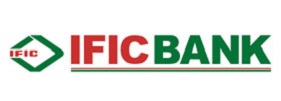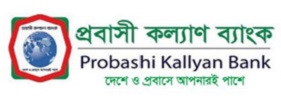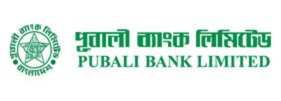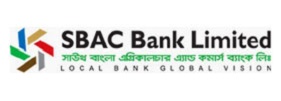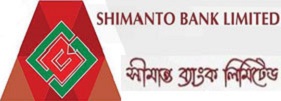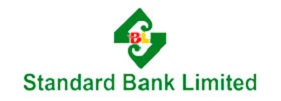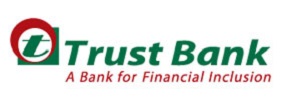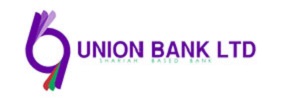All banks in Bangladesh
Bangladesh is a developing country with a rapidly growing economy. The banking sector has played a significant role in this growth, facilitating economic activities by providing financial services to businesses and individuals. Today, Bangladesh has a well-established banking system with a large number of banks, offering a wide range of services to its customers.
All bank list in Bangladesh
All Bangladesh Banks List
All bank list in Bangladesh
All banks in Bangladesh
List Of all Banks In Bangladesh
All banks in Bangladesh
List Of all Banks In Bangladesh
All banks in Bangladesh
List Of Bank In Bangladesh
List Of Banks In Bangladesh
List of all banks in Bangladesh
All banks in Bangladesh
All Banks in Bangladesh: An Overview of the Banking System
Banking is an integral part of any country’s economic development. In Bangladesh, the banking sector has been growing at a rapid pace in recent years, with a significant number of banks operating in the country. This article provides an overview of the banking system in Bangladesh, including its history, types of banks, services offered, and the challenges faced by the sector.
Table of Contents
- Introduction
- History of Banking in Bangladesh
- Types of Banks in Bangladesh
- Public Sector Banks
- Private Sector Banks
- Foreign Banks
- Islamic Banks
- Services Offered by Banks in Bangladesh
- Deposit Services
- Lending Services
- Remittance Services
- Card Services
- Trade Services
- Challenges Faced by the Banking Sector in Bangladesh
- Non-performing Loans
- Lack of Skilled Human Resources
- Political Instability
- Cybersecurity Threats
- Government Initiatives to Strengthen the Banking Sector
- Future Prospects of the Banking Sector in Bangladesh
- Conclusion
- FAQs
1. Introduction
Bangladesh is a developing country with a rapidly growing economy. The banking sector has played a significant role in this growth, facilitating economic activities by providing financial services to businesses and individuals. Today, Bangladesh has a well-established banking system with a large number of banks, offering a wide range of services to its customers.
2. History of Banking in Bangladesh
The banking system in Bangladesh has a long history, dating back to the early 19th century when the first bank, Bank of Bengal, was established in 1806. Following the country’s independence in 1971, the government nationalized all banks, leading to the formation of six state-owned commercial banks. The private sector banks were established in the 1980s, with the first private bank, the City Bank Limited, commencing operations in 1983. Since then, the banking sector has expanded
4. Services Offered by Banks in Bangladesh
The banking sector in Bangladesh offers a wide range of services to its customers. These services can be broadly classified into the following categories:
Deposit Services
Deposit services are the most basic services offered by banks. Banks accept deposits from their customers and pay them interest on the deposited amount. The following are the types of deposit services offered by banks in Bangladesh:
- Savings account
- Current account
- Fixed deposit account
- Special deposit scheme
Lending Services
Lending services are another major service offered by banks in Bangladesh. Banks provide loans and credit facilities to businesses and individuals. The following are the types of lending services offered by banks:
- Working capital finance
- Term loans
- Overdraft facilities
- Letters of credit
Remittance Services
Remittance services refer to the transfer of money from one place to another. Banks in Bangladesh offer various remittance services to their customers, including:
- Inward remittance
- Outward remittance
- Foreign currency exchange
Card Services
Card services refer to the various types of cards offered by banks, including debit cards, credit cards, and prepaid cards. These cards offer convenience and flexibility to customers, allowing them to make purchases and payments easily.
Trade Services
Trade services refer to the various services offered by banks to facilitate international trade, including:
- Import finance
- Export finance
- Guarantees and indemnities
5. Challenges Faced by the Banking Sector in Bangladesh
The banking sector in Bangladesh faces various challenges, including:
Non-performing Loans
Non-performing loans (NPLs) are a major problem for the banking sector in Bangladesh. The high rate of NPLs reduces the profitability of banks and affects their ability to lend.
Lack of Skilled Human Resources
The banking sector in Bangladesh also faces a shortage of skilled human resources. This shortage is particularly acute in the areas of risk management, compliance, and IT.
Political Instability
Political instability is another challenge faced by the banking sector in Bangladesh. Political unrest can affect the operations of banks, leading to a decline in business.
Cybersecurity Threats
Cybersecurity threats are a growing concern for banks in Bangladesh. As banks increasingly rely on technology to provide services, they become vulnerable to cyber attacks.
6. Government Initiatives to Strengthen the Banking Sector
The government of Bangladesh has taken various initiatives to strengthen the banking sector, including:
- The establishment of the Financial Stability Department within the Bangladesh Bank to monitor and regulate the sector
- The introduction of the Credit Information Bureau (CIB) to reduce the rate of NPLs
- The formation of the Bankers’ Selection Committee to ensure the appointment of skilled human resources in the sector
- The implementation of the National Payment Switch Bangladesh (NPSB) to improve payment systems in the country
7. Future Prospects of the Banking Sector in Bangladesh
The future prospects of the banking sector in Bangladesh are positive, with the sector expected to continue growing in the coming years. The government’s initiatives to strengthen the sector and the increasing use of technology are expected to drive growth.
8. Conclusion
The banking sector in Bangladesh has come a long way since its inception, with a large number of banks operating in the country today. The sector offers a wide range of services to its customers, and the future prospects of the sector are positive. However, the sector faces various challenges, including NPLs, a shortage of skilled human resources, political instability, and cybersecurity threats.

